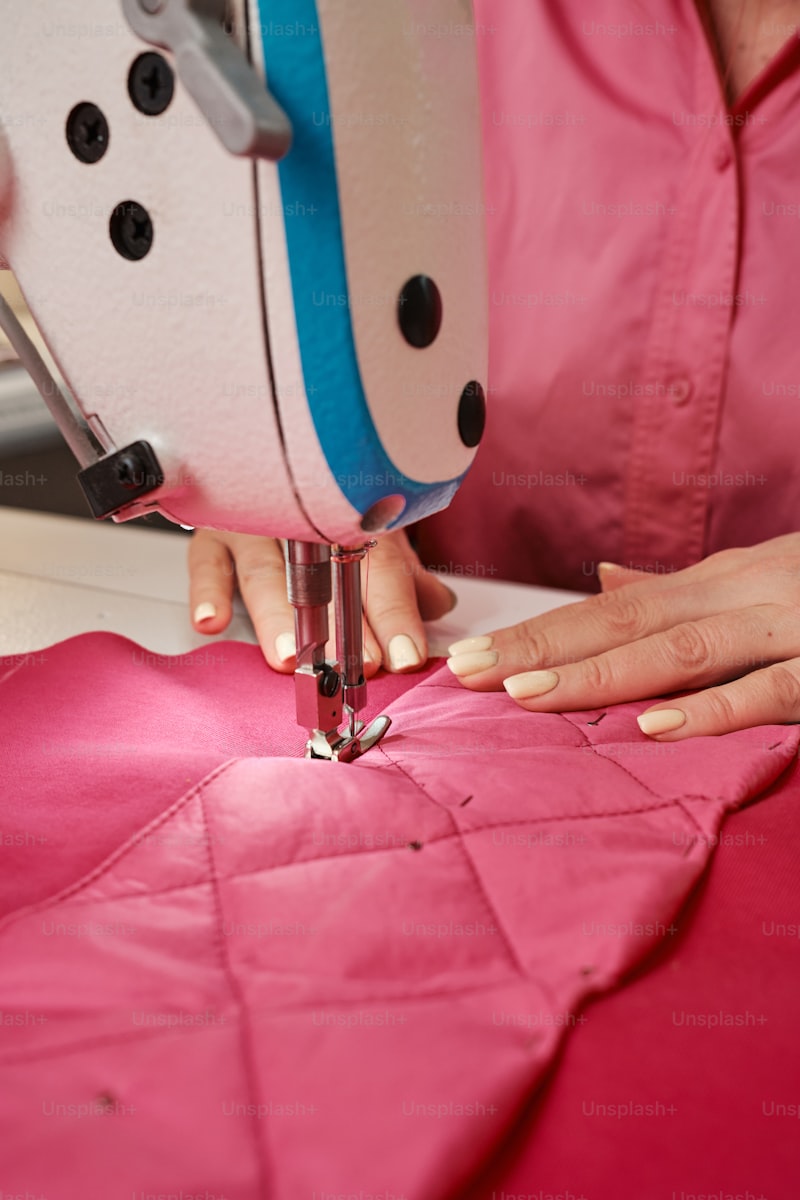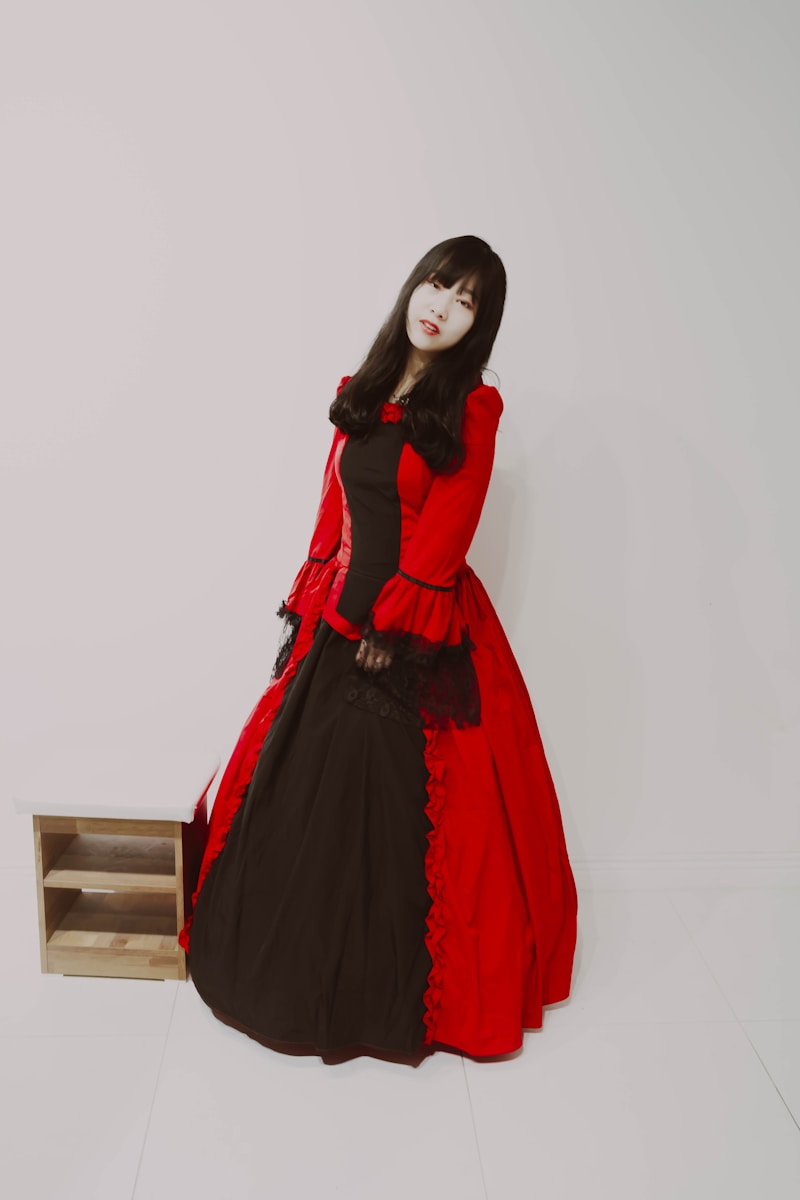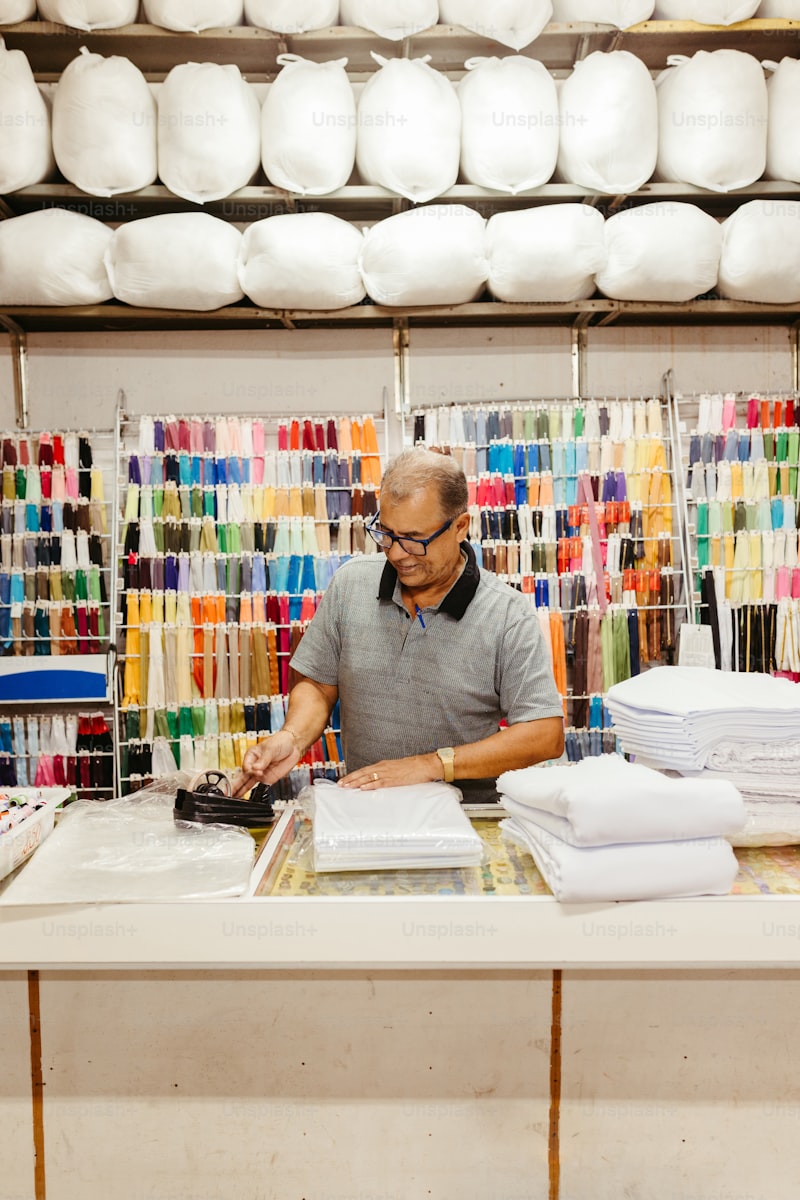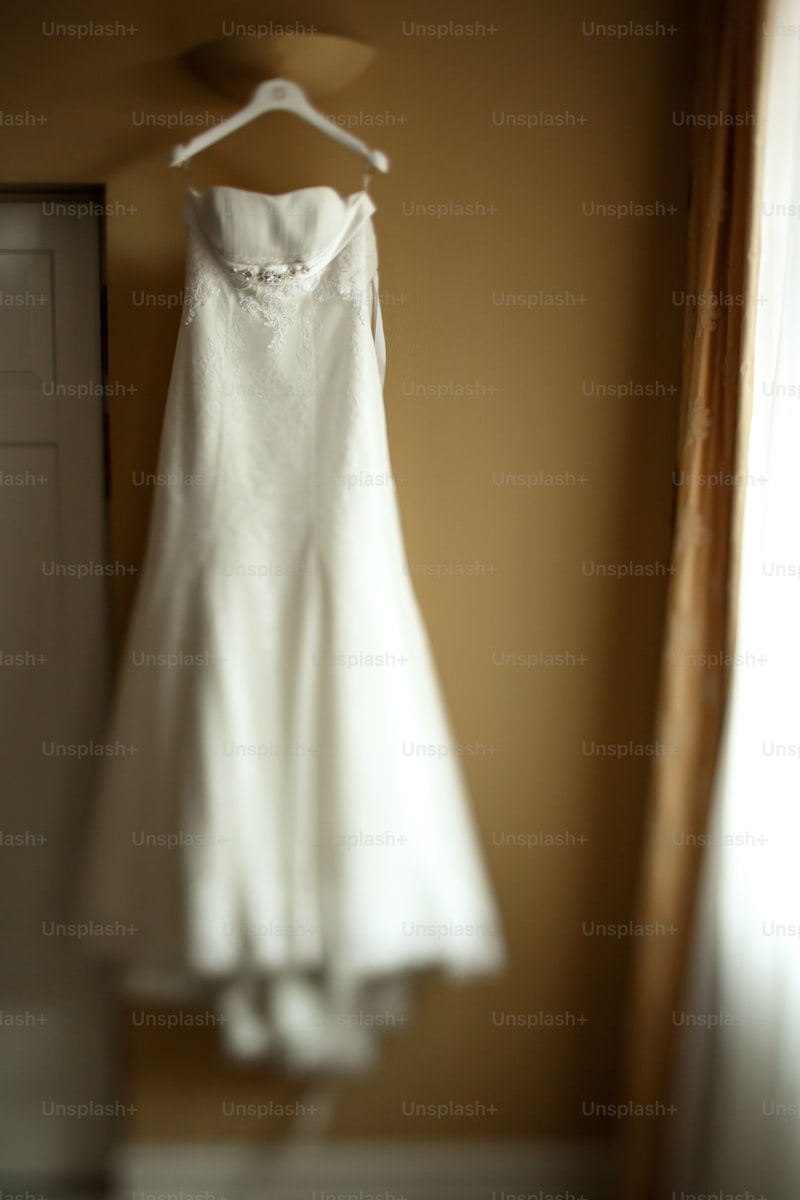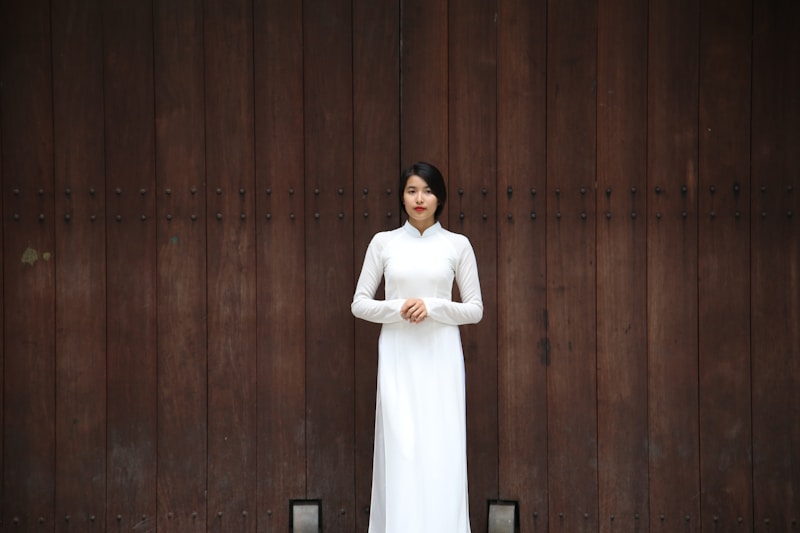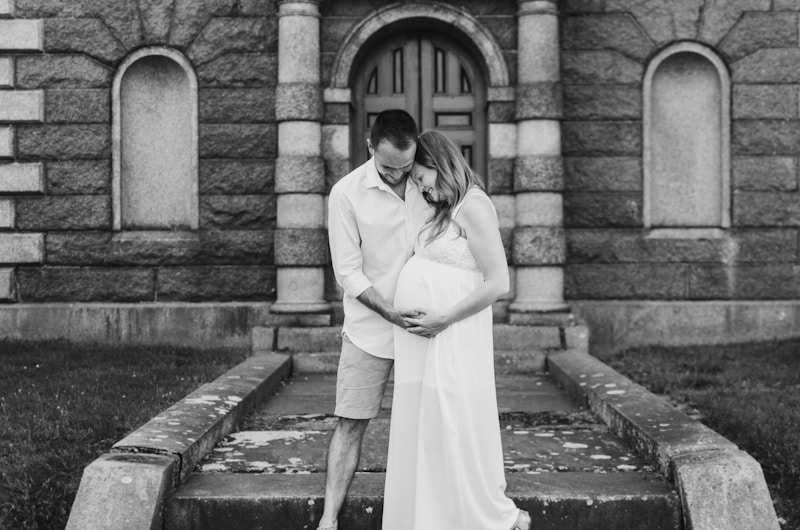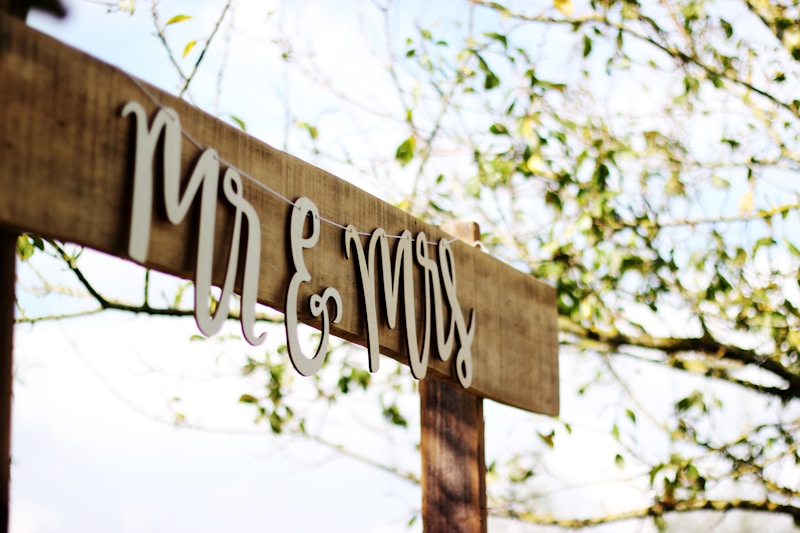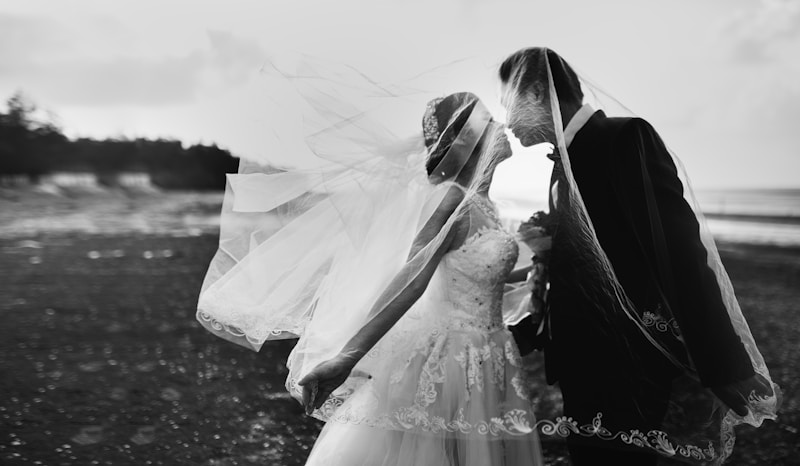Understanding What Can Be Altered on Your Gown: A Comprehensive Guide
Introduction to Gown Alterations When it comes to fashion, nothing feels quite as rewarding as wearing a gown that fits perfectly. Understanding what can be altered on your gown is essential for ensuring that your dress not only flatters your body shape but also enhances your confidence on special occasions. In this article, we will delve into the types of alterations available for gowns, what to consider before making any changes, and tips for working with a professional tailor.Common Alterations for Gowns Gown alterations can range from simple adjustments to more complex modifications. Below are some of the most common alterations that can be done: Alteration Type Description Hem Adjustment Shortening or lengthening the gown to achieve the desired hemline. Waistline Adjustment Taking in or letting out the waist to provide a more tailored fit. Strap Adjustment Altering the length or width of straps to ensure comfortable support. Bust Adjustments Adjusting the bust area for a better fit around the chest. Back Closure Changes Changing the type or position of the back closure for better functionality. Adding a Lining Including an inner lining for more comfort and polished appearance. Adding or Removing Elements Incorporating or eliminating details such as lace, beads, or layers for customization. Factors to Consider Before Altering Your Gown Before proceeding with alterations, it is crucial to think about a few key factors: Your Body Type Understanding your b...
The Ultimate Guide to Wedding Dress Alteration Timeline
Understanding the Wedding Dress Alteration TimelineGetting married is one of the most exciting times in a person's life, and choosing the perfect wedding dress is often seen as one of the most important parts of the planning process. However, it’s not just about finding the right dress; it’s also crucial to ensure that the dress fits perfectly. This is where understanding the wedding dress alteration timeline becomes essential. In this article, we will explore the key factors you need to consider, when to start alterations, and answer some frequently asked questions.Why is a Wedding Dress Alteration Timeline Important?The journey to your dream wedding dress involves more than just selection; it requires time, meticulous planning, and timely alterations. An alteration timeline helps you and your tailor coordinate schedules, ensuring you’re not left rushed at the last minute. Additionally, a structured timeline mitigates stress and guarantees that you will look and feel your best on your big day.Key Factors to ConsiderWhen planning your wedding dress alterations, there are several factors that could influence your timeline: Fabric: Different fabrics require different alteration techniques. Complexity: A heavily detailed gown may take longer to alter than a simple one. Size Adjustments: Each dress may need significant adjustments depending on the original size. Tailor’s Schedule: Popular tailors may have tight schedules packed with appointments.The Timeline: When to Start?He...
The Importance of Proper Hemming Techniques in Fashion Design
IntroductionThe art of sewing is a skill that has been passed down through generations, and one of the most crucial techniques in this craft is hemming. Proper hemming techniques are essential for achieving a professional finish in garments, ensuring that they not only look great but also maintain their functionality and durability over time. In this article, we will delve into the importance of proper hemming techniques, exploring various methods, common mistakes, and tips for achieving the best results.What is Hemming?Hemming is the process of finishing the edge of a piece of fabric to prevent it from unraveling and to provide a clean edge. It is a fundamental step in garment construction that can greatly influence the overall look of a finished piece. Whether you are working on skirts, pants, or sleeves, mastering the art of hemming will enhance your sewing skills and the quality of your projects.Types of Hemming TechniquesThere are several techniques for hemming, each suited for different fabrics and styles. Below are some of the most common methods:TechniqueDescriptionFolded HemThis involves folding the fabric edge up and sewing it in place, creating a clean finish. It is commonly used for lightweight and medium-weight fabrics.Blind HemA technique that allows stitches to be nearly invisible from the front of the garment, ideal for formal wear.Double HemThis involves folding the fabric twice for a more substantial finish, suitable for heavier fabrics.Rolled HemA narrow he...
Revamping Vintage Wedding Dresses: A Modern Twist on Timeless Elegance
Introduction to Vintage Wedding DressesVintage wedding dresses have an unmatched charm and allure. These timeless pieces reflect the fashion trends and cultural nuances of different eras. The idea of revamping vintage wedding dresses has gained tremendous popularity among brides who seek to blend traditional elements with contemporary flair. In this article, we’ll explore how to breathe new life into vintage wedding dresses, providing tips, creative ideas, and considerations for achieving the perfect look.Understanding the Appeal of Vintage Wedding DressesMany brides are drawn to vintage wedding dresses for various reasons. Some of the most prominent appeals include: Unique Styles: Vintage dresses offer a distinctive design that can set a bride apart from the crowd. Quality Craftsmanship: Often made with superior materials and techniques, vintage dresses boast durability and exquisite details. Sentimental Value: Wearing a dress that belonged to a family member or friend can add a layer of emotional significance. Sustainability: Choosing a vintage dress promotes eco-friendly practices by giving a pre-loved garment a new purpose.The Process of Revamping Vintage Wedding DressesRevamping vintage wedding dresses can be a thrilling venture. Here are key steps to follow:1. Assess the DressBefore making any alterations, it’s essential to assess the condition of the vintage dress. Check for: Fabric integrity: Look for tears, stains, or fading. Size and fit: Ensure th...
Seamstress Secrets for Bridal Alterations: Your Ultimate Guide
Introduction to Bridal AlterationsWeddings are one of the most significant milestones in life, and every bride wants to look perfect on her big day. A crucial component of achieving that dream look is through careful and professional bridal alterations. Many brides underestimate the importance of these alterations, leading to unnecessary stress and anxiety as the wedding date approaches. In this guide, we will explore the essential seamstress secrets for bridal alterations that every bride should know.Understanding Bridal AlterationsBefore diving into the secrets, it is vital to understand what bridal alterations encompass. They include alterations to the gown's length, fit, neckline, and even beadwork adjustments. The aim is to ensure that the dress perfectly complements the bride's figure while enhancing the overall aesthetic of the wedding.The Importance of TimingOne common mistake brides make is waiting until the last minute to schedule their fittings. It is essential to begin the alteration process as soon as you purchase your gown, typically at least three months before the wedding. This timeframe allows for multiple fittings and any necessary adjustments.Choosing the Right SeamstressFinding a skilled seamstress who specializes in bridal wear is crucial. Look for someone with positive reviews, recommendations, and a portfolio of previous work. Having a conversation with potential seamstresses about your vision and concerns can help you gauge their expertise. If possible...
Choosing the Right Fabric for Adjustments: A Comprehensive Guide
IntroductionWhen it comes to making adjustments to garments, the choice of fabric is crucial. Whether you're sewing your own clothes or making alterations to existing pieces, selecting the right fabric can significantly impact the end result. In this article, we will explore various types of fabrics, their characteristics, and how to choose the best one for your specific adjustments.Understanding Fabric TypesTo make informed decisions when choosing fabrics for adjustments, it's essential to understand the different types of fabrics available. Fabrics can be broadly categorized into natural and synthetic options, each with its own unique properties. Below, we have summarized some common fabric types:Fabric TypeCharacteristicsBest UsesCottonSoft, breathable, and durableEveryday clothing, shirts, dressesSilkLuxurious, smooth, and drapes wellEvening wear, high-end garmentsPolyesterWrinkle-resistant, affordable, and durableActivewear, casual clothingWoolWarm, breathable, and has some elasticityCoats, sweaters, formal wearLinenLightweight, breathable, but wrinkles easilySummer wear, casual dressesFactors to Consider When Choosing Fabric for AdjustmentsWhen deciding on the fabric for adjustments, several factors should guide your choice:1. Purpose of the GarmentConsider the intended use of the garment. If it's meant for everyday wear, fabrics like cotton or polyester may be ideal due to their durability and ease of care. For special occasions, opting for luxurious fabrics like silk ...
Exploring Innovative Design Adjustments for Unique Styles
In today's rapidly evolving world, the demand for unique styles in various design domains has never been greater. Whether in fashion, interior design, or technology, innovative design adjustments play a pivotal role in curating individuality. This article delves into the concept of innovative design adjustments for unique styles, exploring how these modifications can create distinctiveness while catering to the ever-changing preferences of consumers.The Importance of Innovative Design AdjustmentsThe landscape of design is constantly changing, influenced by trends, cultural shifts, and technological advancements. Innovative design adjustments are essential for several reasons: Enhanced User Experience: Tailoring designs to meet the specific needs and preferences of users enhances usability and satisfaction. Differentiation: In a saturated market, unique styles help brands stand out, attracting more customers and fostering loyalty. Adaptability: Innovation allows designs to evolve, ensuring relevance amidst changing trends and consumer tastes.Key Areas of Design Where Adjustments Are VitalInnovative design adjustments can be applied across various fields. Below are key areas where these adjustments have a significant impact:1. Fashion DesignFashion is one of the most visible areas for innovative design adjustments. Designers frequently modify garments to reflect current trends or individual preferences. Elements such as fabric choice, patterns, and silhouettes can be t...
The Role of Padding in Bridal Gowns: Enhancing Elegance and Comfort
Understanding Padding in Bridal GownsWhen it comes to choosing the perfect bridal gown, every detail matters. One of the essential features that can significantly impact the overall look and feel of the dress is padding. The role of padding in bridal gowns extends far beyond mere aesthetics; it affects comfort, silhouette, and how the bride carries herself on this momentous occasion. In this article, we will explore the various aspects of padding in bridal gowns, including its types, benefits, and factors to consider before making a bridal gown purchase.What is Padding in Bridal Gowns?Padding refers to the additional material inserted into specific areas of a bridal gown to enhance the shape, support, and fit of the dress. Common areas where padding is used include the bodice, bust, and sometimes the hips or hemline. The main purpose of padding is to achieve a desired silhouette and provide structure to the gown.Types of Padding Used in Bridal GownsBridal gowns can incorporate different types of padding, each offering unique benefits. Here are the most common types:Type of PaddingDescriptionSewn-in PaddingThis type of padding is integrated into the gown during the manufacturing process and provides a seamless look. It is typically found in the bodice to enhance shape and support.Removable PaddingSome gowns feature padding that can be removed for customization or comfort. This allows brides to adjust the structure according to their preference.Foam PaddingLightweight and versa...
A Guide to Bustle Options for Your Dress
Understanding the Art of Dress BustlesBustling is a vital yet often overlooked aspect of gown design and tailoring, particularly for brides. A well-executed bustle allows brides to transition from a formal ceremony to a lively reception while still showcasing the beauty of their gown. In this comprehensive guide, we will delve into the various bustle options available, their functionality, and tips for choosing the best style to enhance your dress.What is a Bustle?A bustle is a technique used to lift the train of a dress off the ground, allowing the wearer the freedom to move without stepping on or dragging the fabric. It transforms a formal gown with a lengthy train into a manageable style, ideal for dancing and mingling during events. There are several types of bustles, each offering unique aesthetics and functionalities.Types of Bustle OptionsThere are several popular bustle styles to consider when opting to enhance your dress. Below, we summarize the primary bustle choices:Bustle TypeDescriptionBest ForFrench BustleThe fabric of the train is tucked under and attached to the waist, creating soft gathers.Elegant designs, satin or silk materials.American BustleRequires the use of hooks & eyes or buttons to keep the train off the floor.More structured designs and heavier fabrics.Over-BustleInvolves placing the train over itself and securing it up, showcasing the gown's design.Dress with intricate detailing or embellishments.Under-BustleSecures the train underneath the dress, ...
Making Room: Adjusting for Pregnancy in Wedding Gowns
Planning a wedding is often one of the most exciting moments in a person's life, and this excitement can be amplified when pregnancy is also part of the journey. However, expecting mothers may face unique challenges when it comes to selecting the perfect wedding gown. In this article, we will explore how to effectively make room for a growing baby bump in wedding gowns while ensuring comfort, style, and emotional satisfaction.Understanding Body Changes During Pregnancy Pregnancy brings numerous changes to a woman's body, which can significantly affect the choice of wedding gown. Typically, these changes include: Weight gain Changes in body shape Increased breast size Puffy feet and ankles These transformations can make it difficult to choose a gown that fits well and looks flattering. Understanding these changes is the first step in making appropriate adjustments to wedding gowns.Choosing the Right Style for Your Gown The right gown style can enhance your look while providing the necessary comfort for a pregnant bride. Popular styles include: Style Description Benefits A-Line Gowns Fitted at the top and flowing from the waist down Offers room for growth while accentuating the waist Empire Waist Gowns Waistline positioned just under the bust Provides a flattering silhouette that accommodates a baby bump Wrap Dresses Adjustable fit with a wrap-around design Easy to modify during different stages of pregnancy Ball Gowns Full skirts ...
Emergency Fixes for Wedding Day Wardrobe Malfunctions: Be Prepared for Anything!
Your wedding day is one of the most important moments in your life, and you want everything to go perfectly. However, wardrobe malfunctions can happen to even the best-prepared brides and grooms. This article will provide you with essential emergency fixes for wedding day wardrobe malfunctions, ensuring that you are always ready to tackle any unexpected challenges. By equipping yourself with knowledge and tools, you will maintain your bridal or groom-to-be elegance and confidence.Common Wedding Day Wardrobe MalfunctionsBefore we dive into the emergency fixes, let's discuss some common wedding day wardrobe malfunctions that you might encounter: Busted seams - A seam might tear due to the stress of movement. Stains - Spills can occur from food, drinks, or makeup. Slipping straps - Bridal gowns often have delicate straps that can slip. Wrinkles - Travel or extended wear can cause unsightly creases. Broken zippers - Zippers can malfunction when you're rushing to get ready.Essential Tools for Your Wedding Day Emergency KitTo tackle any wardrobe malfunctions, prepare an emergency kit containing a selection of useful tools. Here’s what you should include:ItemPurposeNeedle and ThreadFor quick seam repairs.Sewing KitIncludes safety pins and fabric glue.Stain Remover PenTo manage unexpected stains.Fashion TapeKeeps slipping straps and hemlines in place.Wrinkle Release SprayHelps smooth out creases instantly.Clear Nail PolishPrevents fraying edges of fabrics.Backup Clothi...
Adjustments That Enhance Your Wedding Dress Silhouette
Every bride dreams of looking her absolute best on her wedding day, and the right wedding dress can make all the difference. While selecting a wedding dress is an exciting journey, ensuring the perfect fit is crucial to achieving a stunning silhouette. In this article, we will explore various adjustments that can enhance your wedding dress silhouette, helping you feel confident and beautiful as you walk down the aisle.Understanding Your Wedding Dress Silhouette The silhouette of a wedding dress refers to its shape and design as it falls on your body. Different styles flatter different body types, and understanding how to adjust your dress can lead to a more elegant appearance. Some popular wedding dress silhouettes include: Silhouette TypeDescriptionA-LineFlares out from the waist, suitable for almost every body type.MermaidFitted through the bodice and flares out at the knees, accentuating curves.Ball GownFeatures a fitted bodice and a very full skirt, ideal for a fairy-tale look.SheathStraight-cut dress that hugs the body without flaring, perfect for slim figures.Fit and FlareFitted at the top and flaring at the bottom, great for showcasing curves.Essential Adjustments to Consider1. Hemline Adjustments The hemline of your wedding dress plays a critical role in your overall silhouette. Make sure that the length is appropriate for your height and wedding shoes. A dress that is too long can drag on the floor, creating a less polished look. Conversely, a dress that is too s...


